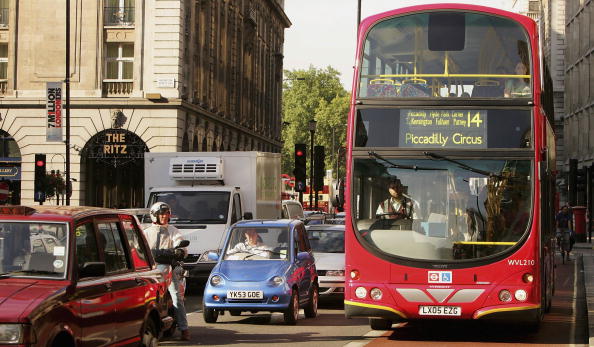Sadiq Khan is fighting London’s pollution problem but it’s the capital’s infrastructure that must be the priority

Last week, millions of Londoners were advised to stay indoors – this time not because of a Covid-19 lockdown, but because pollution in the capital was at the highest possible level. For a country supposedly leading the way in net zero climate action, this is an alarming indication of how far its capital still needs to go to make its air clean and safe.
This week, Sadiq Khan proposed a raft of potential extra charges for petrol and diesel cars to help reduce the city’s traffic by 27 per cent in 2030, hitting net zero. This is a positive step forward. We need bold action and leadership to get people out of private cars.
But as the Mayor acknowledges, we are still facing a huge uphill challenge. Getting one in four drivers out of their cars is an enormous task – and we need more carrot than stick to achieve it.
The focus for Khan must be on continuing to improve London’s cycling infrastructure and investment into making sustainable alternatives available to the majority of Londoners. Only in that way can London become a city that truly champions active and sustainable transport like Copenhagen and Amsterdam. In these metropolises micro-mobility and e-vehicles are the go-to option as a green, convenient, and cheap way to move around.
This isn’t the case in London yet. A third of trips by Londoners could be walked or cycled in under 25 minutes. But without the adequate and inclusive urban design, a joined-up and collaborative approach, and with the looming threat of pollution people still face significant barriers to travelling by bike, e-bike or e-scooter.
The need to improve infrastructure and unlock additional investment into sustainable travel options is not exclusive to London. Indeed it’s not a simple path to success. We need only to look at the backlash towards the introduction of low traffic neighbourhoods and more recently of Clean Air Zones in cities across the UK. Just this week Greater Manchester authorities have asked to pause and review the planned Clean Air zone.
Bold leadership needs to bring the public with it. It needs to be clear on the urgent need for the decarbonisation of transport and how this improves our quality of life.
So to address the car dominant mindset in London and right across the UK, we must continue to improve our cities’ sustainable transport infrastructure – alongside public, private and community collaboration in creating access to it.
We are already seeing steps in the right direction, with TfL data revealing the number of journeys in London made by cycling or walking has increased from 27 per cent of journeys to 42 per cent since the pandemic. These statistics are promising, and notably come after a record growth in the capital’s cycling network though the past five years – supporting the argument that if you build it, people will come.
Ultimately, it can’t just be about squeezing out drivers. To really get people out of their cars for good, we need structural change to our transport network. That includes ensuring people are able to confidently ride bikes and e-scooters across our city. People want to change their behavior, but many can’t do it in a vacuum. We need to tear down the barriers and ensure our cities are built to enable this transformative shift.
